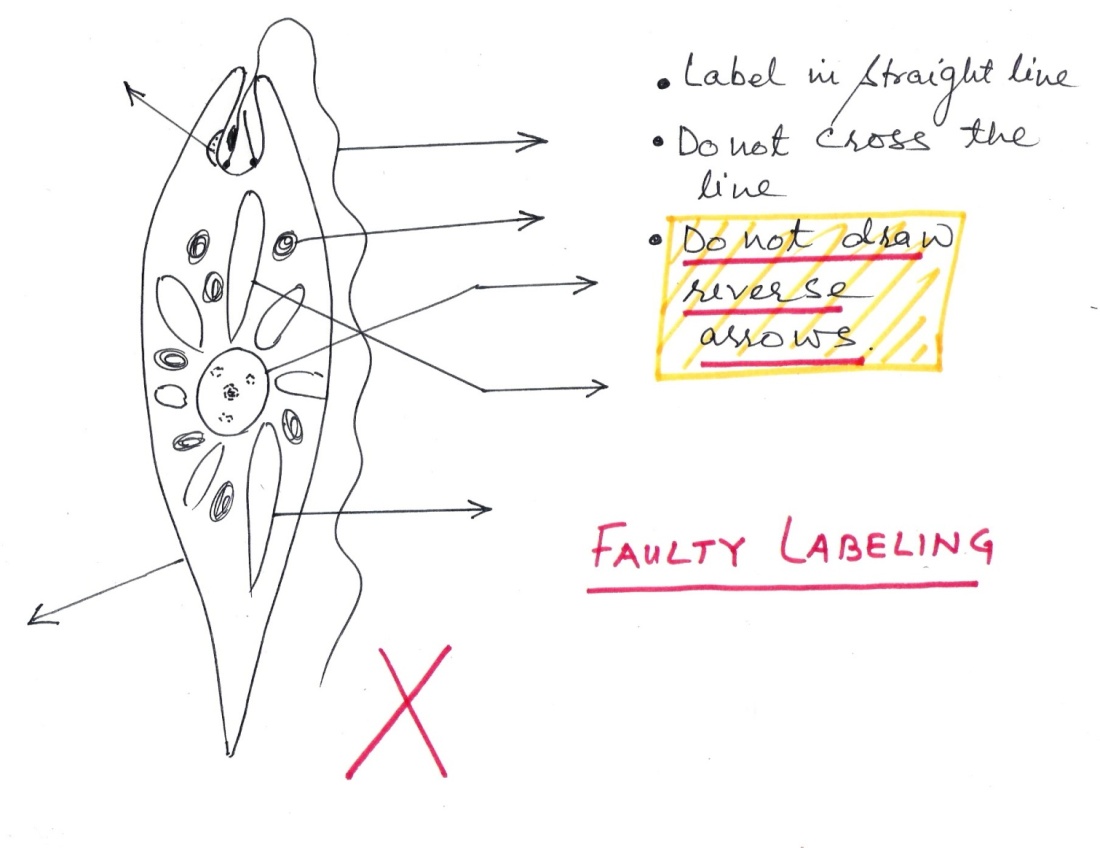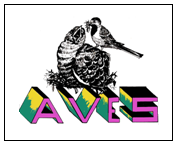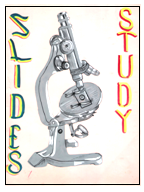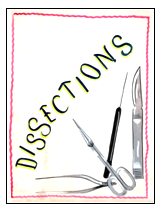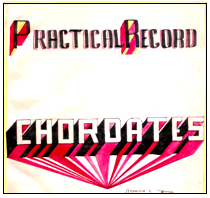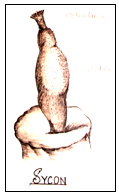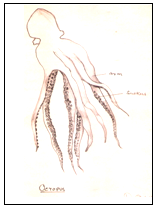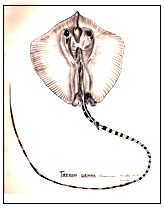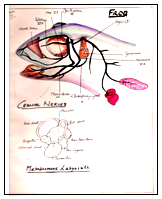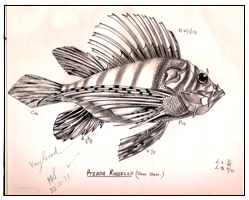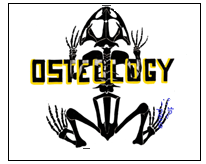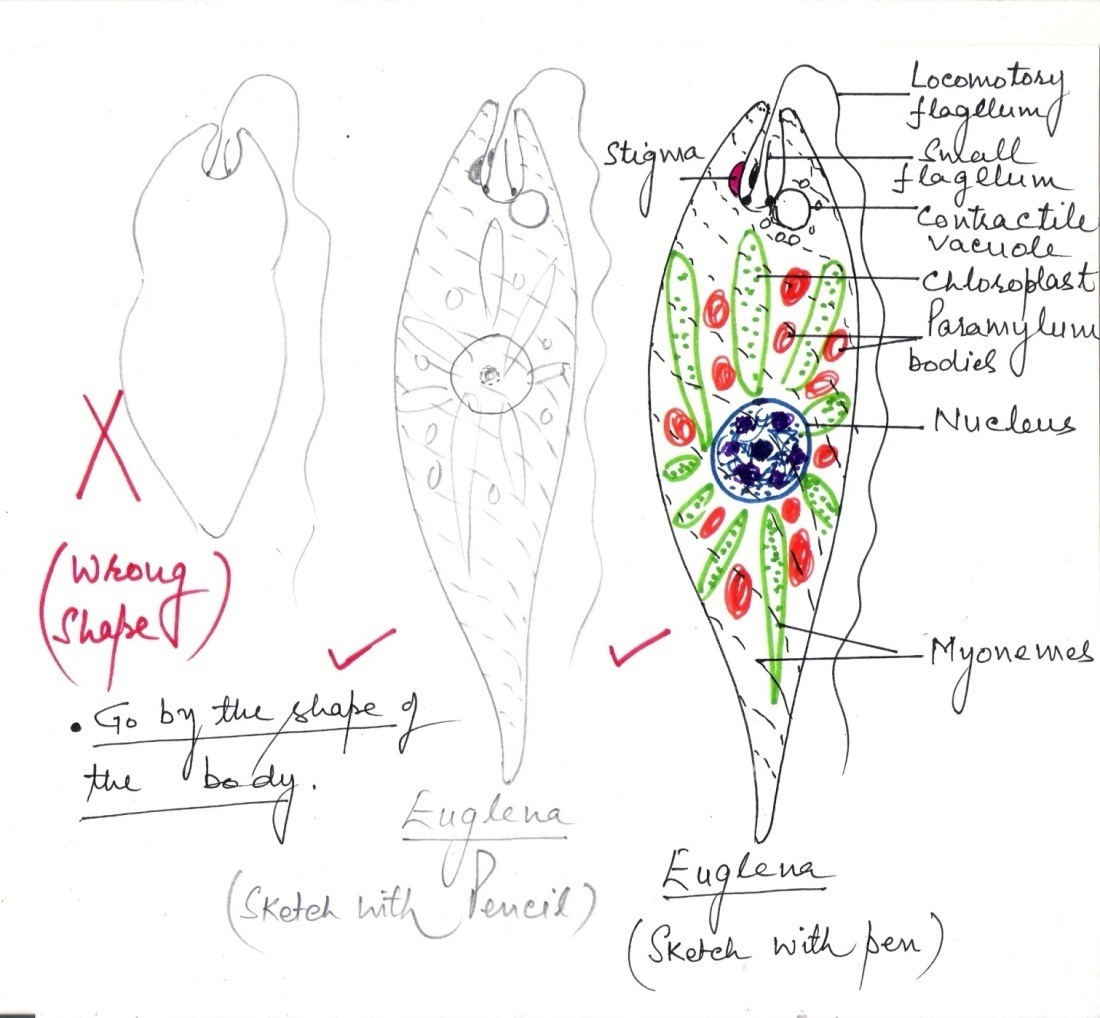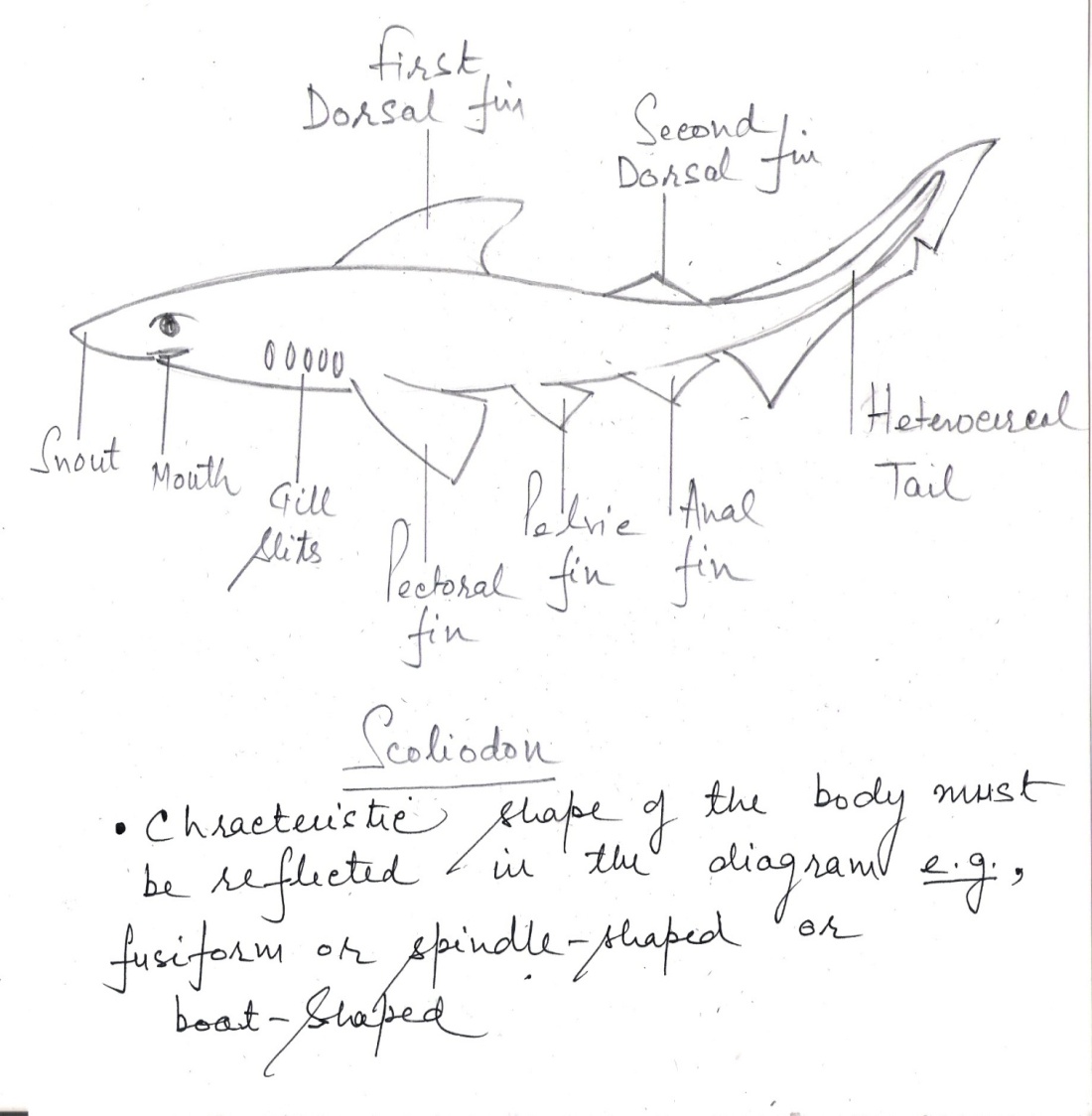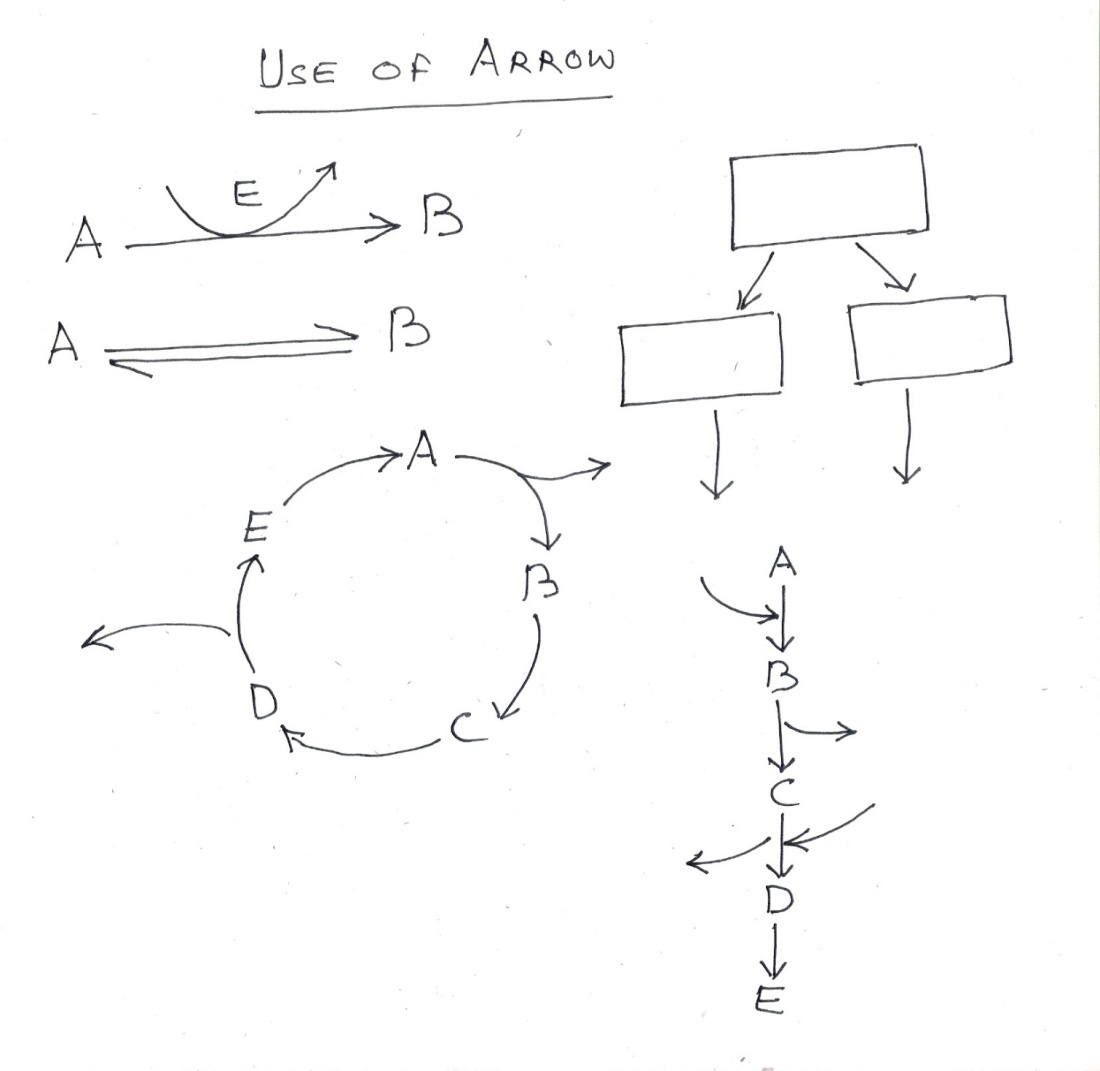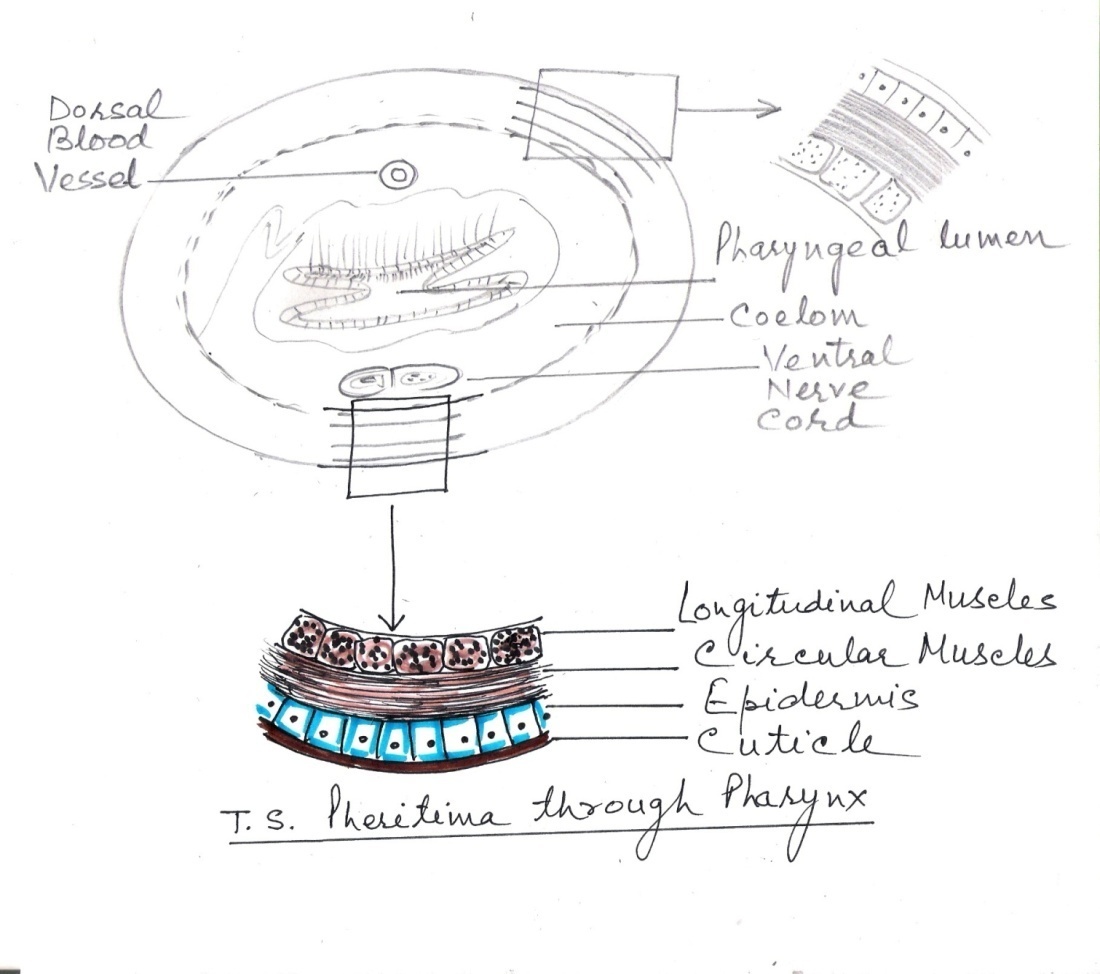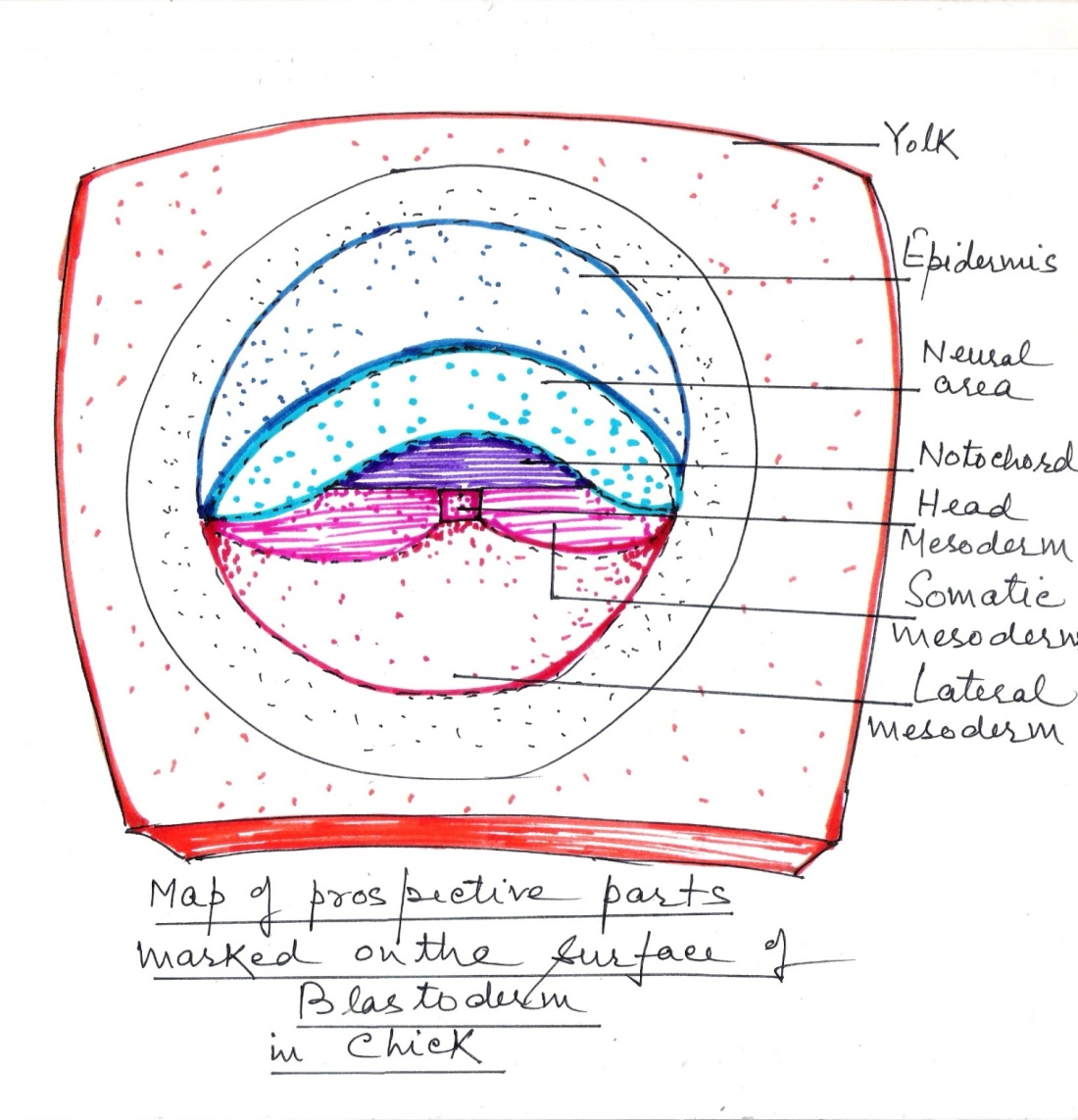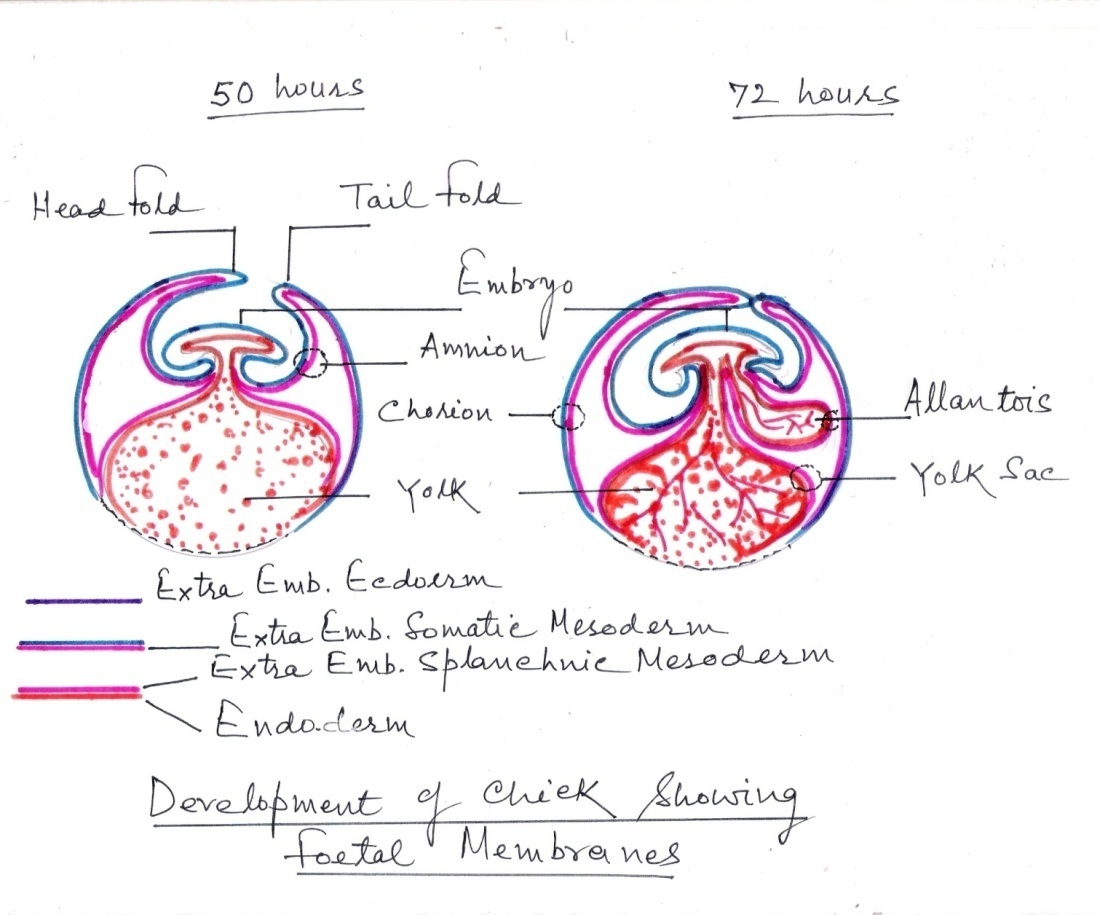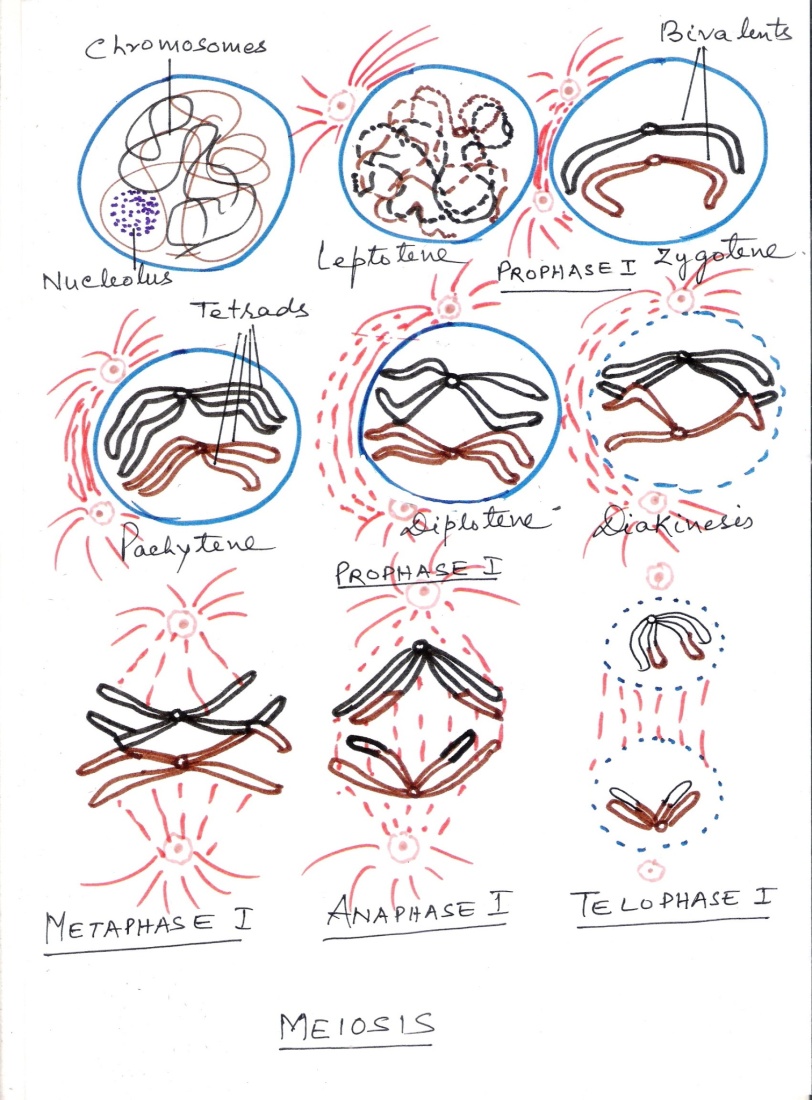The ‘Life Line’ of Biology
Neat and well-labeled Biological Diagrams
Diagrams:
“Concern for man and his fate must always form the chief interest of all technical endeavors. Never forget this in the midst of your diagrams and equations.”
— Albert Einstein
“Make big plans; aim high in hope and work, remembering that a noble, logical diagram once recorded will not die.”
— Daniel Burnham
Diagrams are the visual representations and that the support of ‘diagrams’ in any kind of science whether social, physical, chemical or biological, makes the written / printed matter well-displayed and more absorbable. For Biological Sciences, in particular, the diagrams are aptly referred as the ‘life line’. Furthermore, some have rightly said that ‘diagrams are important tools for a biologist’.
- The
diagrammatic presentation
can be in any form viz., Tables, Graphs, Bar diagram, Pie Chart, line diagram etc. Historically, the concepts like Linnaean taxonomy, Darwinian evolution and Mendelian genetics had been documented along with some diagrams, suggesting that there was no privileging of one form of diagrams over the other. There has been a range even in the history of taxonomic diagrams (Phylogenetic trees, Cladograms etc.). A complex concept of the cell was first documented by Robert Hook through a detailed depictive representation.?The use of both depictive and schematic diagrams in teaching and learning of any concept are required for better understanding and communication.
Besides playing a role in scientific reasoning, diagrams provide the reader a clearly summarized view of the information. In the subjects like Biology, Geometry and Physics and at times in others, the diagrams are quite critical to support the textual answers. In a situation when a student is taking an exam and running out of time, a skill-trained student will draw a diagram quickly with all main points highlighted. The examiner remains considerate enough to award appreciable marks because the diagram reflected the student’s knowledge and clear conception. Although most students are already aware of this fact but still many of them end up scoring less because their diagrams are not up to the mark.
It is commonly observed that there are exclusive questions on drawing ‘well-labeled diagrams’ with a note that ‘No description is required’. In such a situation anybody concerned with Biology, a student or otherwise must have expertise at drawing skills. In class room, preparing notes or attempting questions in examination, the support of diagrams or illustrations at appropriate places makes learning and presentation quite interesting. Developing creativity and improvisations go hand in hand with writing or explaining the subject matter. The understanding of the subject matter and its correlation with the details of the diagrams whether line diagram, flow-chart or a cycle is an essentiality. Only then, the ‘neat and well-labeled diagrams’ become a reality. Suffice is to say that diagrams convey theoretical content.
At Higher Secondary, UG or PG level there is always a practical exercise on SPOTTING e.g., entitled as ‘Identify and Comment upon the SPOTS No. 1 – 10’ where museum specimens / slides / graphics / models are placed to comment upon in at least 2 minutes time each. In this situation something has to be written in brief and something has to be shown by line diagram about a particular spot. Therefore, brisk skill is required not only in writing legibly but drawing, also.
Consider the case of Indian ‘Civil Service’ (IAS, IFS, PCS etc.) or Subordinate Service exams, where the illustrations and using various diagrammatic skills save time and convey more when a limited space is provided for attempting the question or the examinee is asked to write in limited number of words in plain-sheeted Questions cum Answer Booklet (QCAB) for all written exams (like 2 pages for 200 words essay i.e., 100 words per page).
In every branch of biology, diagrams appear in different forms and communicate variously viz., line diagram of a cell to show its parts, cell division, various cellular organelles, DNA, RNA, Protein synthesis, various molecular events etc; line diagram of an organism to exhibit external morphology; sectional line diagram to show anatomical or histological details; molecular structures to show any organic molecule; chemical reaction (straight or cyclic) to express any metabolic reaction; flow charts to show various evolutionary concepts; Mendelian Principles; ecological or geological phenomena; diagrams showing gametogenesis and various developmental (embryological) stages etc. (see Sample diagrams ahead).
Today’s scenario:
It is quite deplorable and a cause of deep concern for teachers /educationists that along with declining writing skills in majority (leaving exceptions apart) there is a sharp decline in drawing neat and well-labeled diagrams in biological or other sciences. While evaluating the answer sheets, it is a common sight (even at UG and PG levels or of some competitive exams) that the answers to the questions do not find support of well-conceived illustrations and even if there are any, they are carelessly / shabbily drawn and bear fundamental faults. These kinds of diagrams lead to deduction of marks even if some textual content is correct to a certain extent.
Our classroom experience and of many researchers have revealed that there are increasing effects of technology use not only on writing but drawing also. Venturing Social media (Facebook, Twitter, Instagram etc.) has impacted largely. Students are more comfortable manipulating computer graphics than doodling, drafting and drawing with pencil or pen on paper and this has created a sharp decline in writing / drawing skills in recent years. Even most students agree with some of the claimed effects of our observations.
- One will be surprised to know that right from lower classes up to PG level, the drawing skills are dominated by the ideas derived from cartoon-like figures, the real life images being missing. This has been proved a good number of times when ‘CHART’ competitions were organized in the Department or on the spot drawing competition was organized by any agency on certain special occasions. This has to be avoided by venturing into NATURE’S bounties and become a keen observer of the items present in the nature or created by man.
- A habit of being close to nature must be inculcated among the students pursuing ‘Life Sciences’, firstly at the parents’ level and then at the School/ College/Teachers’ level. Well goes the saying, ‘Charity begins at home’.
The Tool and Tips:
For the beginner, use of HB or 2H pencil is required but this habit must be followed by such a tool which can enhance the level of confidence in drawing at one go or in one stroke to save time in classroom or examination. In Practical files, use of pencil is considered as a part of training and building up of understanding of diagrams. If a teacher has to accomplish this task he / she must have quick drawing skills on the blackboard if using white or coloured chalks (like in old time classrooms) or on a synthetic board using markers (like in modern smart classrooms). Similarly, a student must develop brisk skills of drawing diagrams with pencil (as most suggest) but with lesser and lesser usage of rubber. As my experience (w.e.f 1971 till date) goes, in using pencil, majority of students gain confidence remotely because with one positive (+) action (= use of pencil) there is the always one negative (-) action (= presence of a rubber). The algebra rule rightly says that (+) (-) = (-) i.e., the result swings towards negativity. Therefore, practicing and imparting training to students to opt for a shift from using a pencil and using ‘black ink pen’ (in today’s scenario using fine tipped ‘gel pen’). It saves time and goes on building up confidence level in the person concerned. When marker ink pen can be used on acrylic board, why not fine-tipped pen on answer sheet? As there are no lines on any kind of a blackboard, the practice of drawing also must be on plain sheets.
Improvisations
in diagrammatic work prove the improved skill and insight generated in the candidate concerned. Though in the earlier days (way back in 1969 – 1971) too, pencil was the main tool (as of mine) but it gradually shifted towards opting for using black pen or colours [see the example diagrams] and making improvisations in the Practical Record [see separator sheets, used to segregate different items of the practical record and various sample diagrams supported here]. Since my specialization was in ‘Fish Fisheries’, an exclusive Practical Record was to be prepared for ‘FISHES’. In that case, improvisation was done by drawing fishes in black in with shades and hues. Our learned teachers never opposed to this kind of improvisation, rather encouraged it. Skill was then appropriately proved defined. At this juncture the negation of ‘improvisation’ by some in biological diagrams is not acceptable.- For more improvisations, colours are / can be used to differentiate different germ layers (like ectoderm, mesoderm and endoderm) in embryological diagrams (Fate Maps, morphogenetic movements etc), molecular events (in molecular biology, immunology), arteries and veins, different tissues etc.
Improvisations adopted while designing Practical Records included the drawings by pencil, pen and colours. Not only this, separators were used to classify the subject matter included in the record.
No objections were made by teachers, instead encouraged the budding skill in the student, may be opting for a Teaching Profession. [Sample details will follow in future uploading]The external morphology depicting diagram must be as per the shape or outline observed / described e.g., spindle-shaped body or fusiform body or stream-lined body or boat-shaped body; pentamerous body or bilaterally symmetrical body; rounded body, elliptical body, oval body shape etc. Care must be taken not to distort the figure.
Only two pens must always be carried (in examination or otherwise), blue for writing the text and black for putting the headings and making diagrams.
The diagrams must not be squeezed, rather drawn conspicuously in a required central space (not in the corner) so that required details become apparent to the observer. It is often advisable to keep the diagram to the left-hand side of the answer sheet and use the right-hand side for labeling purposes.
Putting labels on the diagram
is the most important aspect. Labeling should be done in straight lines either on the left or on the right side. No label line should cross each other. If required the labels can also be in up and down direction also. Label must be in running text mode. Now a days, it is a common practice of labeling by using an arrow (→) but in the opposite direction i.e., labeling the ‘label’ not the part of the organism or diagram. Even at Secondary level, in examination / practice question papers, it is observed that students are asked to label an unlabeled diagram bearing the arrows emerging out of the diagram. Nowhere in any standard text book has anybody seen the diagrams with arrows in reverse direction! Surely, the ‘arrows’ are used but necessorily in expressing chemical reactions, ‘Cycles’ or Flow Charts, as the arrows show / mark the ‘direction’/ place where a particular thing is or in which direction or sequence a chemical reaction (some with reverible arrow) is heading ? [see the importance of arrows on a highway. Do we go in opposite direction to that which the arrow is directed ? ]- If the diagram is about any animal/plant, its scientific name should be given below, the name of Genus starting with a capital letter and that of species with small letter and underlined separately (when printed, it is always in italics, like Euglena viridis). If the diagram requires a ‘Title’, it should be in centre and in capital or running mode.
Just to simplify the events, only two chromosomes (one pair) are shown, one drawn BLACK the other BROWN (other colours of choice may be used). Why so? Because one member of the pair comes from male parent (paternal) while the other from the female parent (maternal) . From Diplotene onwards, see how the event of ‘Crossing over’ takes place and part(s) of the Chromatids are exchanged.
